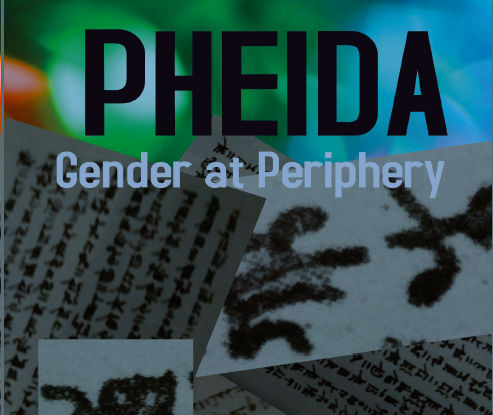Pheida – Gender at the Periphery is a result of the short term research based project by AMANA (All Manipur Nupi Maanbi Association) and SAATHII. The project aims to look at gender diversity and acceptance in the Manipuri Society of a bygone era.
The book begins with a historical account of what led to the start of the project, and narrates an incident where local faith based groups forbid trans people in Manipur (also referred as Nupi Maanbi) from dressing up as a female, because they believed it was disrespectful of the Manipuri traditions. A meeting with local lawyers and NGOs too wasn’t fruitful enough. That’s what then led to the genesis of the project – to dig up traditional roles and representation of trans people in Manipuri Society.
The book begins with how the Meiti Mayek alphabets have three genders -male, female and Pheida (trans). Through various traditional sources as well as work of scholars, it traces the role of Pheidas and their importance in Manipuri Kingdoms and society. The book details the various positions held by Pheidas in the Manipuri Kingdoms, and the responsibilities and perks that they enjoyed.
The second half of the book then looks at how the Nupi Maanbi identity came to be formed, and traces the trans movement of Manipur and the work done by some notable individuals. This is further supported by various picturres and photographs of important judgements and news articles.
Santa Khurai, one of the authors of the book, tells that while Pheidas were accepted and enjoyed important roles in Manipuri Society, with years of colonization, the identity was either forgotten, or not discussed. This book is an important milestone in rediscovering the gender inclusive roots of a society that seems to have largely forgotten it over the years.
- Post Amritsar Pride, Punjab’s LGBTQ Community faces Online Trolling, Hate and Threats - July 12, 2023
- Same-Sex Marriage against Indian “Sanskars”, Says UP Govt; High Court Rejects Plea by Lesbian Couple - April 15, 2022
- Karnataka introduces Reservations for Transgender People, 1% Jobs to be Reserved under all Categories - July 21, 2021

